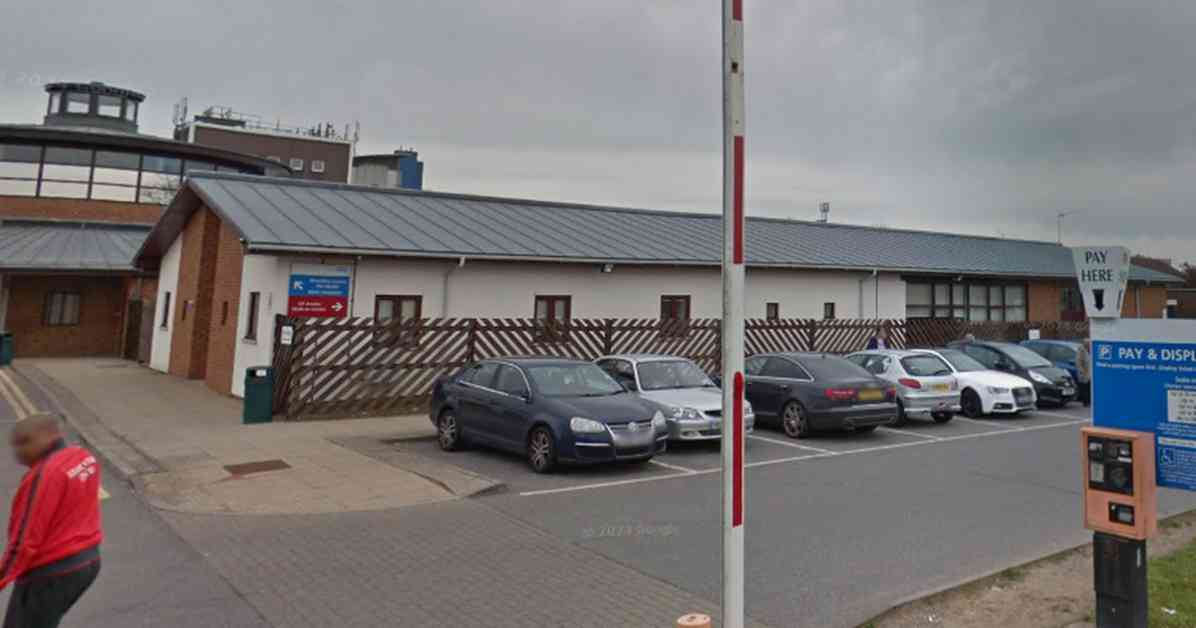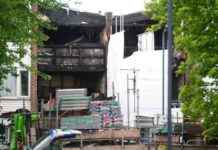An old West London hospital building is set to be sold for new housing development after being deemed ‘surplus’ by the NHS. The Wembley Hospital ‘Old Building’ is currently up for sale, with potential plans for residential use by the future buyer. The site forms part of the larger Wembley Centre for Health and Care, spanning 2.26 hectares and including the ‘Old Building’, the ‘New Building’, and Barham House.
Development Potential for Residential Use
According to Savills, the agency handling the sale, the hospital building has great potential for residential use. They stated, “The site has development potential for residential use, but may suit other purposes, subject to obtaining the necessary consents.” The Wembley Hospital, which first opened its doors in 1928 and underwent several extensions over the years, became part of the North West London Hospitals NHS Trust when the new Wembley Centre for Health and Care was inaugurated in 2000.
NHS Property Services Strategy
A spokesperson for NHS Property Services explained, “A vacant section of the Wembley site, known as the ‘old building’, was recently declared surplus by our NHS colleagues at the ICB. As part of our strategy to unlock value and reduce vacant space across the NHS estate, we are now working towards selling this portion of the building. This sale will not impact services or patients, and the proceeds will be reinvested directly back into the NHS.”
Impending Sale and Patient Services
The Whittington Health Trust, the owners of the Wembley Centre for Health and Care, reassured the public that the sale will not affect the dental services provided at the site. Patients are advised to attend their appointments as scheduled. The sale of the hospital building signals a shift in land use from healthcare to residential, reflecting the growing demand for housing in the area.
Potential Impact on the Community
The sale of the Wembley Hospital ‘Old Building’ for potential housing development could have a significant impact on the local community. The addition of new residential units could bring more residents to the area, potentially leading to increased demand for local services and amenities. It is essential for the local council and community stakeholders to consider the implications of this development and plan accordingly to ensure the well-being of current and future residents.
Environmental Considerations
As the site transitions from a healthcare facility to residential housing, environmental considerations must be taken into account. The development of the Wembley Hospital ‘Old Building’ into residential units presents an opportunity to incorporate sustainable design features and green spaces that promote environmental conservation. Integrating renewable energy sources, water conservation systems, and green infrastructure can help reduce the environmental impact of the new housing development.
Preserving Heritage and History
The Wembley Hospital ‘Old Building’ holds historical significance as a part of the local heritage. As plans for its sale and redevelopment unfold, it is crucial to consider ways to preserve the historical integrity of the building. Adaptive reuse strategies, such as repurposing existing architectural elements and incorporating historical features into the new design, can help maintain the building’s heritage value while meeting the needs of modern residents.
Community Engagement and Consultation
Engaging the local community and stakeholders in the decision-making process for the redevelopment of the Wembley Hospital ‘Old Building’ is essential for fostering transparency and inclusivity. Consultation sessions, public forums, and feedback mechanisms can provide residents with the opportunity to voice their concerns, suggest ideas, and participate in shaping the future of their neighborhood. By involving the community in the planning and development process, the project can better reflect the needs and aspirations of the local population.
Future Prospects for Affordable Housing
The conversion of the Wembley Hospital ‘Old Building’ into residential units offers the potential to address the growing demand for affordable housing in the area. With housing prices on the rise and a shortage of affordable options, the development of new housing units on the site can help increase the availability of housing for low and moderate-income residents. By incorporating affordable housing components into the development plans, the project can contribute to creating a more inclusive and diverse community.
Economic Benefits and Job Creation
The sale and redevelopment of the Wembley Hospital ‘Old Building’ for housing development can also bring economic benefits to the local area. The construction phase of the project will create job opportunities for local residents, stimulating economic growth and supporting the local workforce. Once completed, the new residential units will contribute to the local economy through property taxes, consumer spending, and increased demand for goods and services in the area.
Conclusion
The sale of the Wembley Hospital ‘Old Building’ for new housing development signifies a transformation in land use and a shift towards meeting the housing needs of the community. As plans for the redevelopment unfold, it is essential to consider the potential impact on the local environment, heritage, and community. By engaging with stakeholders, incorporating sustainable design practices, and promoting affordable housing options, the project can contribute to creating a vibrant and inclusive neighborhood for current and future residents.












